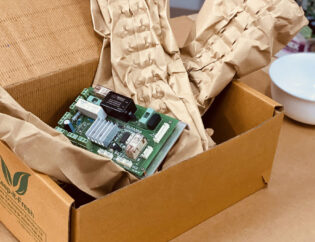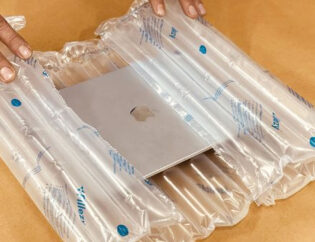
Void Fills in Packaging
Void fills refer to materials used to fill empty spaces or gaps within a package to prevent damage or movement of the product during shipping or transportation. When products are shipped or transported, they may be subjected to rough handling or jostling, which can cause damage or breakage. Void fills are used to cushion the product and absorb any impact or shock that might occur during transit. These materials are important because empty spaces in packaging can allow products to move around, causing damage from impacts, vibrations, or shocks. Void fills help to keep products securely in place within the packaging.

Common types of void fill materials include:
Air pillows: These are small, air-filled plastic bags that can be used to fill empty spaces in packaging. They are lightweight, easy to use, and offer excellent cushioning and protection.
Foam peanuts: These are small, lightweight pieces of polystyrene foam that can be used to fill empty spaces in packages. They are inexpensive, easy to use, and provide good cushioning.
Bubble wrap: This is a plastic sheet with air-filled bubbles that provides excellent cushioning for fragile products. It is available in various sizes and can be used to wrap products or fill empty spaces in packages..
Paper: Shredded paper or kraft paper can be used to fill void spaces in packaging. This option is environmentally friendly and offers good cushioning and protection.
Biodegradable void fill materials: These are eco-friendly materials made from materials like cornstarch or wheat starch that can biodegrade in composting environments. Void fill materials are essential for protecting products during transit and handling.
Foam inserts: Customized foam inserts can be used to securely hold the product in place and prevent movement during transit.
Molded pulp: A biodegradable material made from recycled paper that can be molded into custom shapes to provide cushioning and protection. It is an environmentally friendly option that offers excellent cushioning.
When choosing a void fill material, it’s important to consider factors such as the weight and fragility of the product, the length of the shipment, and the environmental impact of the material










